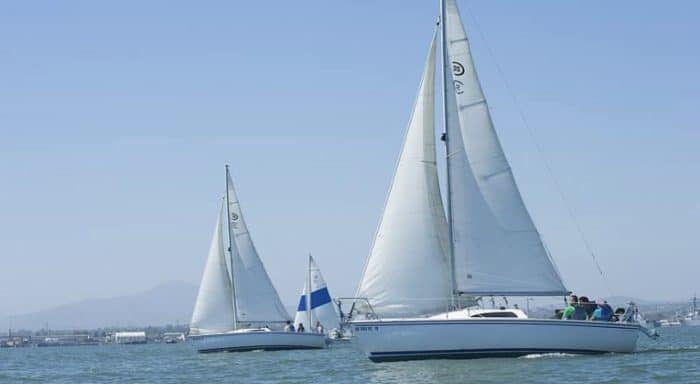What Is A Gunwale?
The gunwale is the upper edge of your boat along the hull. You might also refer to it as the rim, lip, or border, but it’s officially the gunwale. Though it looks like you might pronounce it “gun whale,” it’s pronounced “gunnel,” so it rhymes with funnel.
The History of the Top Edge of Your Hull: The Gunwale
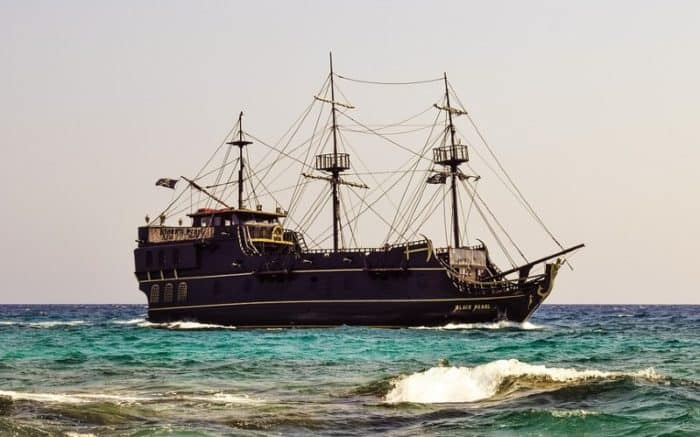
The gunwale dates back to warships of old, around the middle of the 15th century, and the word “gun” isn’t there for no reason. When artillery became a staple of warships, sailors soon learned of the damage these guns could cause, not just to enemy vessels but to their own. A wooden vessel can only handle so much stress, after all. Imagine resting a cannon on the side of a ship and firing it repeatedly with no reinforced platform beneath it. The pressure would eventually cause damage and could lead to a disaster with that same gun.
To ensure the guns were correctly supported and the boat’s walls were reinforced to handle the stress, a sturdy platform was added to the upper edge of the hull around the ship. This was often made of a stronger material to reinforce the hull and handle any extra stress of those guns.
While “gun” is obvious here, the word “wale” doesn’t come from “wall,” as you might think, but the word “plank.” The etymology goes back very far, but you can see where it makes sense when considering the word “weal.” That comes from the same source and refers to raised marks on the skin. Wale, like weal, was a raised edge of the plank. Hence we get gunwale, a raised plank for the guns.
What is a Gunwale Today?
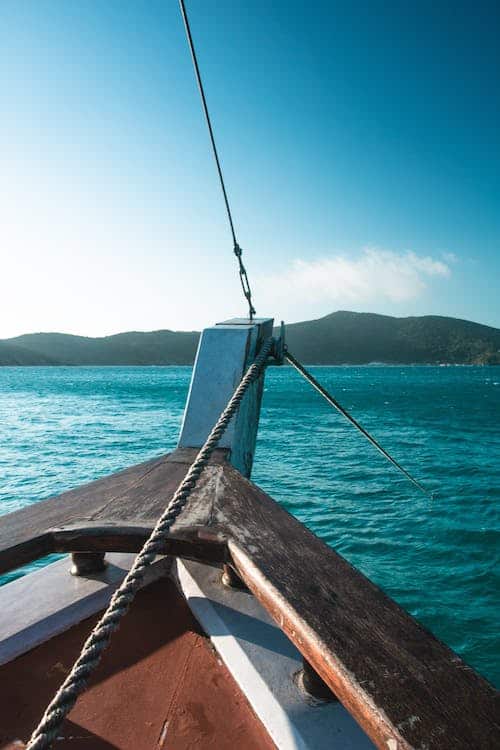
You’re not firing artillery off your fishing boat’s starboard side today, or you shouldn’t be. But that rim along the top side of your hull is still called a gunwale because of tradition. The practice of including a gunwale wasn’t abandoned after guns became unnecessary on boats because it proved to be practical.
Modern gunwales offer a lot of structural support on a boat, which has a lot of value in the ship’s overall design. In addition, while you may not need to mount a cannon on your gunwale any time soon, there are still plenty of things you can attach to it. If you’re so inclined, Gunwale clamps can be used to add oars for rowing and all kinds of extra attachments, from lights to cupholders. Having that extra strength and stability ensures your hull won’t be under too much stress.
What Else Can a Gunwale Do?
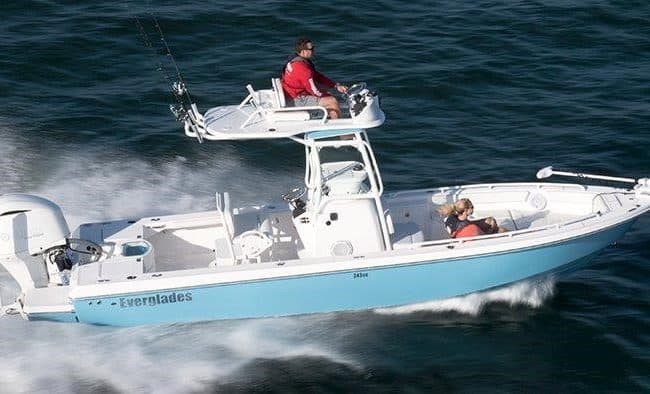
This is more common in saltwater boats, especially flats boats, bay boats, and such, but the gunwales are often used for fishing rod storage. The reinforced aspect of a gunwale and the long, narrow space offers an excellent place to house rods with rod holders that keeps them out of the way of the rest of the boat.
Less common and maybe not always the safest bet, some people use the gunwales to move about the boat or boarding/offboarding. If you have wide gunwales, there is often enough room to use them as a walking path, provided none of those above clamps and mounts are on them.
Walking on the gunwales isn’t always the best idea. Though reinforced, the fiberglass, wood, and foam they are probably made of can’t always hold a person’s weight on small boats. And it’s on smaller vessels where this usually happens to try to stay out of the way of others. Plus, there’s always a slip hazard when walking a narrow path on a boat like that.
That said if you are boarding a boat from above, meaning the dock or whatever you are stepping off of is raised above the ship, stepping on the gunwale as if it were a step down is pretty standard practice and is usually safe. However, you always want to be cautious when boarding a boat.
Gunnel vs. Gunwale
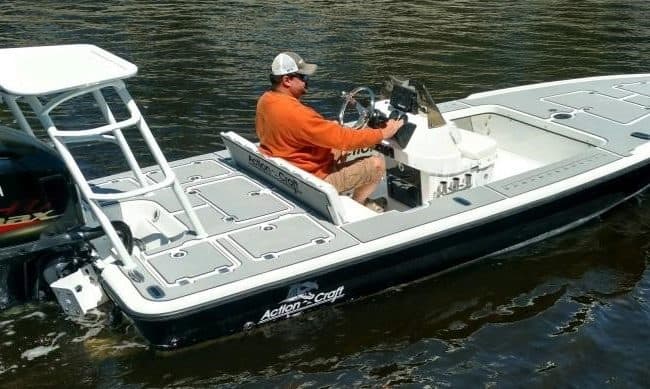
You may hear, or at least see (since they sound the same), the word “gunnel” is used instead of the gunwale. Both refer to the same thing, so you can choose to spell it either way, though gunwale is the word’s older and more traditional spelling.
What Are Gunwales Made Of?

Like boats themselves, gunwales can be made of a variety of materials. But since the idea is that this is a structural reinforcement, a proper gunwale needs to be tough. You can find them made of aluminum, and back in the day, they were made from sturdy hardwoods like oak, mahogany, and cherry. Even today, white ash is sometimes used for gunwales. You can also find gunwales made of vinyl or other synthetic materials. Some of these tend to be more popular on a boat, like a canoe, where the gunwales aren’t expected to hold up a person’s weight.
The Bottom Line
The gunwale, pronounced gunnel and sometimes called a plank sheer, is a structural reinforcement on the top edge of the boat’s hull. It provides strength and protection for the ship at sea and can also conveniently mount various objects. It literally supported guns in the past, but now gunwales generally add to structural integrity.
Categories: Boats



